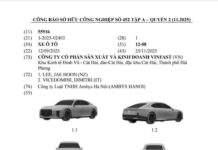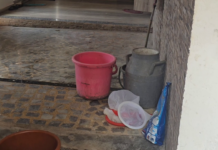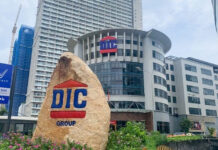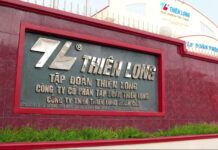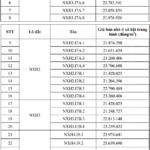Vietnam’s Rich Mineral Resources
According to the Ministry of Natural Resources and Environment’s survey, Vietnam’s marine area contains approximately 35 types of minerals with varying reserves, ranging from small to large, belonging to groups: fuel, metal, construction materials, gemstones, and liquid minerals.
The Ministry’s report has identified over 300 iron ore mines and points, and over 59 titanium ore mines and points. Survey and assessment results indicate that Vietnam’s coastal area has titanium-ilmenite (including zircon, monazite…) reserves of approximately 600 million tons.
Along Vietnam’s coastline, placer minerals and heavy minerals of rare elements have been discovered, such as titanium, zircon, and xeri. Several construction sand mines in Quang Ninh and Hai Phong have reserves exceeding 100 billion tons, and a series of underground quartz sand deposits in Quang Ninh (nearly 9 billion tons).
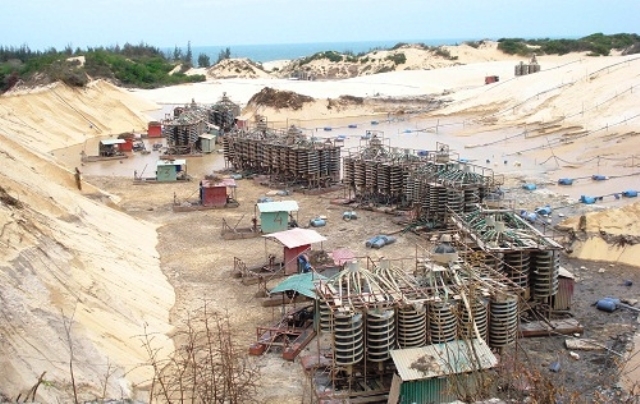
Vietnam’s coastal area has titanium-ilmenite (including zircon, monazite…) reserves of approximately 600 million tons.
The doctoral thesis of Researcher Le Qui Thao at the University of Mining and Geology states: The composition of coastal placer titanium ore includes heavy minerals such as ilmenite, rutile, zircon, monazite… The proportion of heavy minerals in the ore varies between regions, so their economic values also differ.
Exploration and survey results have identified and determined that Vietnam’s coastal placer titanium ore deposits have industrial value and are distributed in Pleistocene and Holocene marine sediments, comprising two main types. Pleistocene red sand deposits containing placer titanium ore are weakly consolidated, concentrated in the provinces of Ninh Thuan, Binh Thuan, and North Ba Ria – Vung Tau, with a total area of approximately 1000 km2.
Holocene gray sand deposits containing placer titanium ore are distributed in the provinces of Thanh Hoa, Ha Tinh, Quang Tri, Thua Thien – Hue, Quang Nam, Quang Ngai, Binh Dinh, and Phu Yen.
Coastal placer titanium ore mines in Vietnam are primarily露天mined usinggravity separation and spiral concentrator technology. The concentrate obtained after spiral concentration is transported by truck to the processing plant. Here, through a system of drying ovens, magnetic separation, and electrostatic separation, the concentrate is classified into products such as ilmenite, zircon, and rutile.
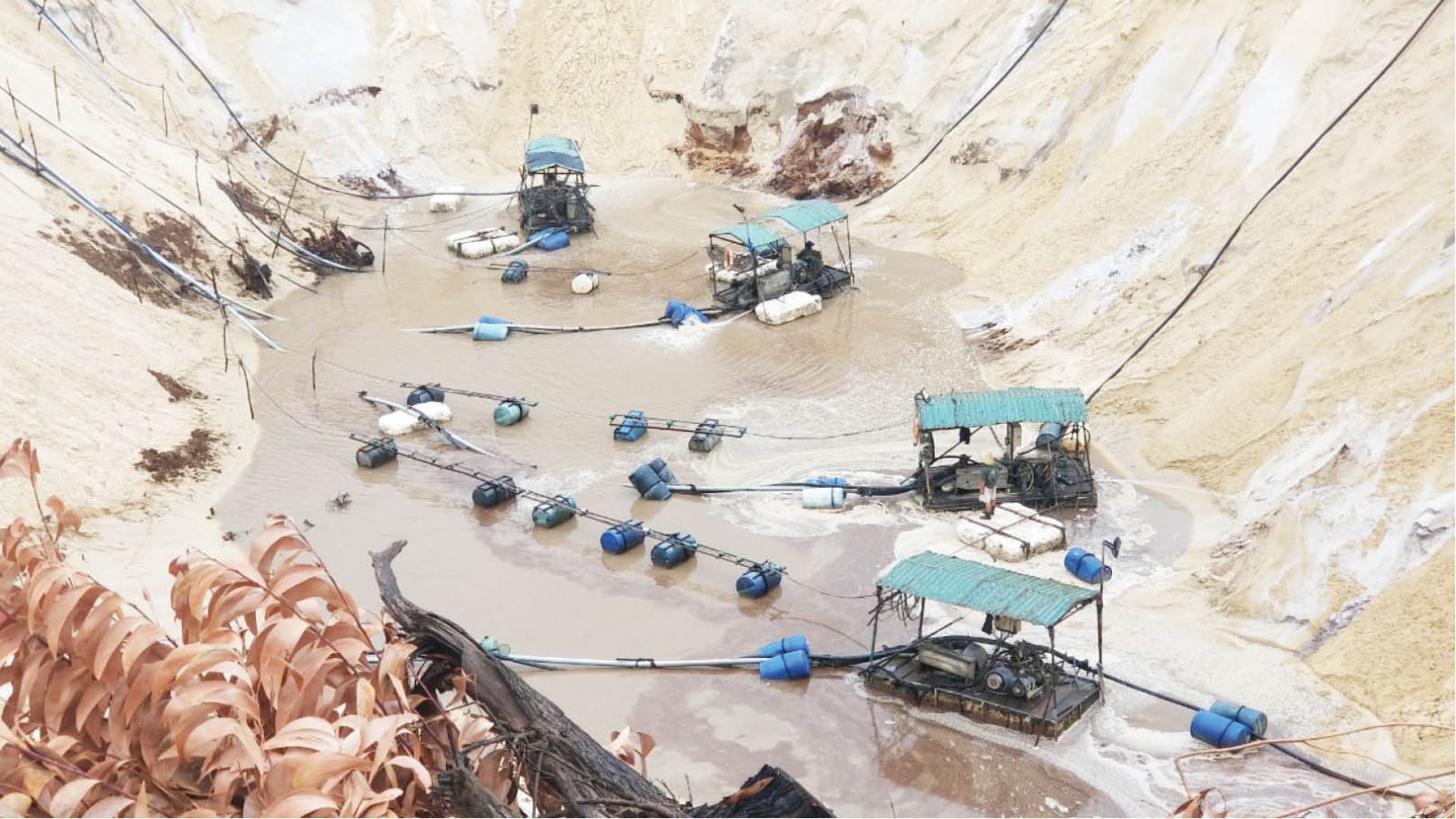
Model of titanium ore mining in Thua Thien Hue. Photo: Thua Thien Hue Newspaper.
Soc Trang beach sand potential as material for expressway embankment
According to the Institute of Mining and Metallurgy Science and Technology, Vietnam has invested in and put into operation several deep-processing facilities (5 slag plants, 2 ilmenite reduction plants, 8 zircon grinding plants), which have contributed to shifting the production structure and initially created products with higher economic value.
With 8 zircon grinding and screening plants producing nearly 45,000 tons per year, notably the Ha Tinh plant, which produces superfine zircon (<5 and 10 µm), have met a portion of domestic demand and exports.
Six sea sand mining areas in Soc Trang with reserves of approximately 14 billion m3 supplement the material for embankments in the Western expressway. Illustration: GTVT Magazine.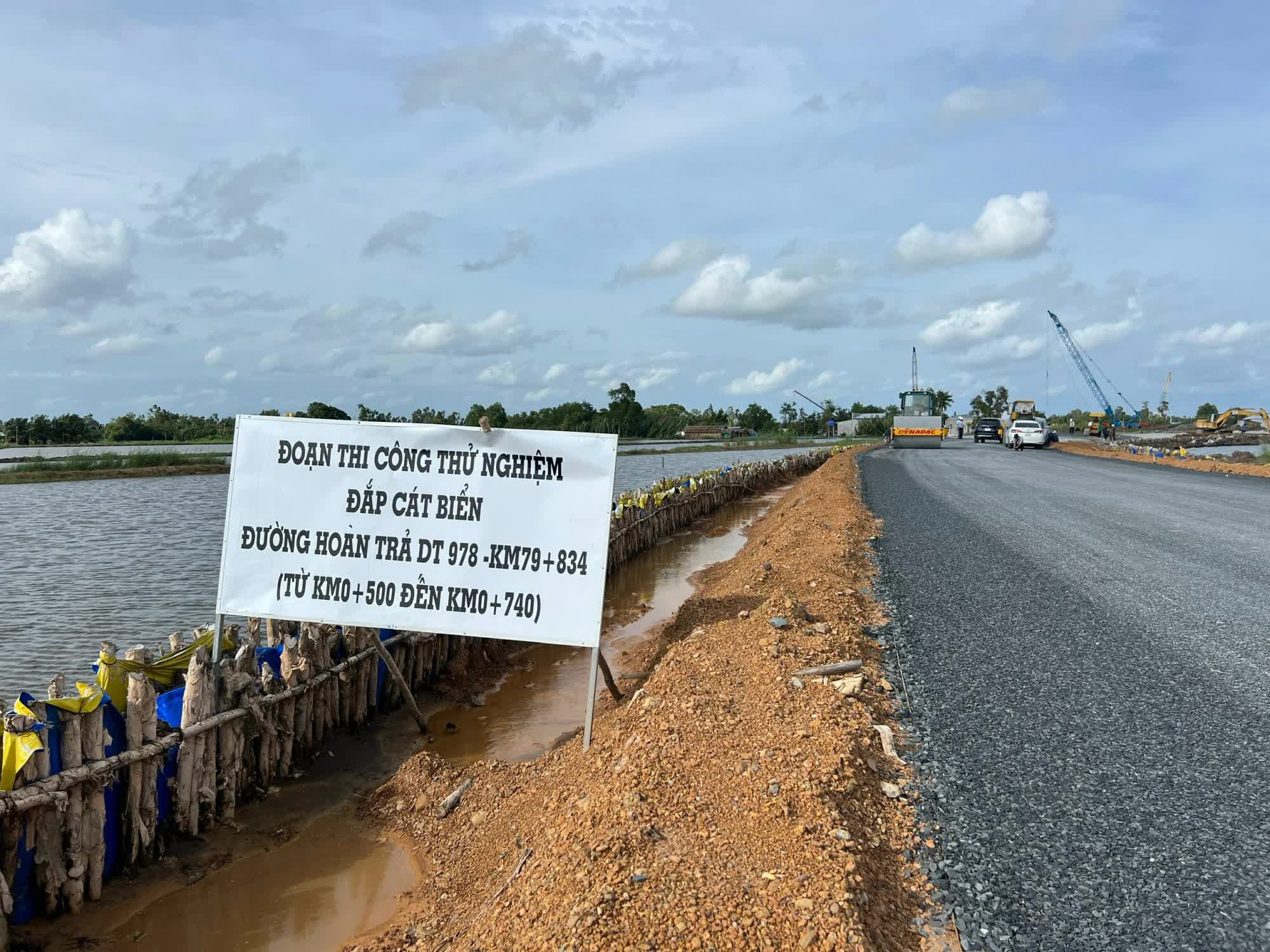
With two ilmenite reduction plants, one of which is operational (nearly 10,000 tons per year), it has provided raw materials for domestic and export welding rod production.
Five titanium slag plants have been built and put into production, with a total capacity of approximately 80,000 tons per year, meeting quality standards. The products are exported and well-received by customers.
In addition, the glass sand reserves of 13 explored mines are approximately 144 million m3, concentrated in the South Central provinces – this is an important mineral for the construction industry. Recently, six areas with potential for sea sand mining in Soc Trang province with reserves of approximately 14 billion m3 have contributed to supplementing materials for embankments on expressways in the Western region.
Furthermore, the potential of seawater is also vast, with other forms of marine energy such as gas hydrate, tidal energy, wave energy, and nuclear energy from seawater.



